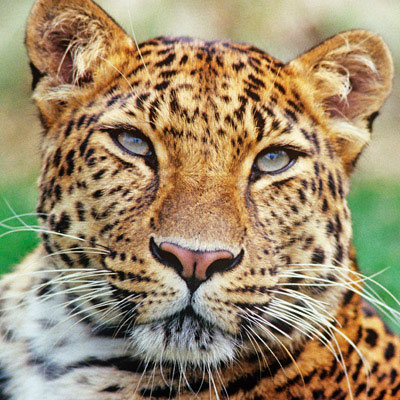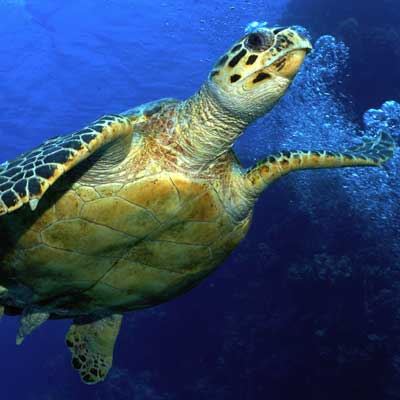Top 10 endangered species in 2010
Polar bear
 |
Warming seas could also cause a drop in numbers of seals, the polar bear’s main source of food. We’re supporting field research into how climate change is affecting polar bears, and how we might help them adapt and survive. We also work with governments and industry to reduce threats from shipping and energy development, and with local communities to reduce human-bear conflict wherever bears are displaced as their habitats shrink.
The most important step that can be taken to protect polar bears is to minimise the impact of climate change itself, so we are also working with governments, industry and the public to find ways to reduce the greenhouse gas emissions responsible in part for the melting of the polar bears’ sea ice habitat.
Amur leopard
 |
Over-hunting of roe and sika deers, their main prey species, also means the leopards have to seek out other prey – and are sometimes shot by farmers protecting their livelihoods. And despite its ‘critically endangered’ status, this beautiful creature is still poached for its skin, and its bones used in traditional Asian medicines.
Our work includes: restoring and linking areas of forest, so leopards can move between habitats; persuading local governments to expand well-protected areas; promoting sustainable use of natural resources in the region; reducing habitat loss through better fire-prevention measures; and demanding stronger action against poaching and illegal trade of Amur leopards and prey species.
Marine turtle
 |
A turtle takes decades to reach maturity and start breeding, and fewer and fewer are surviving long enough to migrate back to the beaches where they hatched to breed and lay their own eggs. Rising sea levels and higher temperatures on beaches due to climate change are posing new challenges, affecting their nesting grounds and ability to breed. Warmer nests reduce the number of male turtles being born.
After 30 years of conservation, Kemp's Ridley turtle is making a slow comeback in the Gulf of Mexico. But time is running out for others. We’re raising awareness so local communities will protect marine turtles and critical nesting beaches – in recent years they’ve become important ecotourism attractions. We’re working with fisheries to introduce new turtle-safe fishing methods to decrease bycatch. And we’re fighting the illegal trade in marine turtle meat, eggs and decorative shell products.
 0
0 






